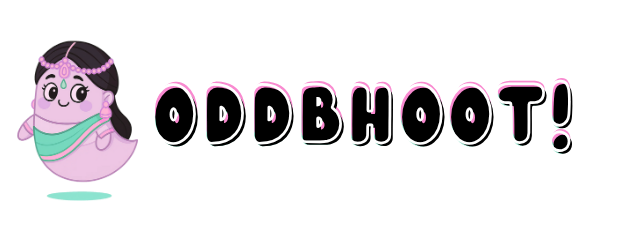What is autism, actually?
Autism is a neurodevelopmental condition, which is a fancy way of saying it is how our nervous system develops during early childhood.
The wiring of your nervous system is responsible for how your brain communicates with your body and vice versa; it affects many ways you perceive and behave within the world.
This includes how you might control your motor functions, experience your senses differently, and have a harder time regulating your internal physical state - or recognizing a feeling in your body.
It also includes thinking and processing information differently, learning and committing things to memory atypically, or generally having a different level of awareness than your peers.
(It’s lots of stuff. So naturally, we function differently from most people.)
We want to help you learn about yourself, whether you have been formally diagnosed, are considering the possibility of self-diagnosis, or are just curious as to whether you might be on the spectrum.
It may also help others understand who you are and why you do certain things.
* We’ve also got an autism cheatsheet with more details if you’re ready to dive in further.
What would it look like if I had it?
(Here, we will use identity-first language; for example, "autistic" and "autistic person.")
Some traits you might experience as an autistic person are summarized below.
Feel free to tackle this list slowly, and take time to make your own notes and observations.
sensory issues (for any number of senses)
executive functioning issues (i.e. task switching, concentration)
special/obsessive interests
difficulty identifying what you’re feeling and how to express it
communication differences
difficulty fitting in, picking up on social cues
difficulty making and maintaining relationships
poor or excessive use of eye contact
masking autistic traits/mimicking neurotypical behaviours to fit in so well that you’d almost believe it yourself
broad conceptual creativity, high-level thinking
highly analytical and logical
poor story memory, but great detail memory
literal interpretation/processing of information
“black-and-white” or rigid thinking
stimming/fidgeting
needing structure/routine
sometimes poor imagination, but strong visual thinking
anxiety around change
sensitivity
echoing speech or phrases (or, for my family, two lines of a song) to yourself throughout the day
hiding or sitting in small or dark places
For a more detailed explanation of these traits, see the autism cheatsheet.
